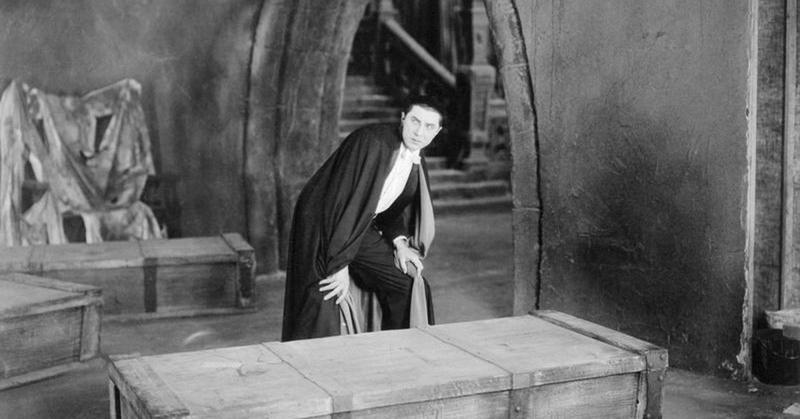History Of The Vampire
By | October 2, 2021

From the Asanbosum of southern Ghana to the Puechen of Chile to the jiangshi of Qing-dynasty China, some version of the vampire has existed across cultures and "through oceans of time," as Dracula would say. Much of what we recognize today as vampires, however, comes from movies and books that are rooted largely in the ever-evolving mythology of Eastern Europe.
Early death was pervasive in the Middle Ages, as illness and plague ravaged the European continent, and the vampire lore that arose from it was likely rooted in misunderstanding of certain diseases. Maladies that ranged from the common (like tuberculosis, which can cause bleeding around the mouth) to the rare (like porphyria, which causes sensitivity to sunlight and receding gums that give the appearance of longer, fake-like teeth) have symptoms that are easily recognized in vampire mythology.

But you didn't need a rare blood disorder to freak out the general public, as people of the time often mistook the natural process of air leaving the body during decomposition for the ghoulish groans of the undead. Notably, after a young woman named Mercy Brown died in 1892 of tuberculosis in Rhode Island and displayed no signs of decomposition upon exhumation three months later, locals were terrified to the extent of removing and burning her heart and liver, as this was believed to neutralize vampires. Most likely, her body's lack of decay was simply due to the freezing conditions of the crypt in which she was housed.
Aside from her pristine state—and the reason they dug her up in the first place—Mercy Brown's neighbors suspected vampirism because several members of Brown's family had succumbed to tuberculosis. With germ theory not yet well understood, they believed that meant a vampire in the family's midst had been feeding from their life force, which is a uniting feature across the history of the vampire. Blood is the most common representation of this life force, which is why many methods of killing a vampire requires the destruction of the heart. In Slavic culture, people who died under strange or so-called "unnatural" circumstances (usually a little-understood disease or suicide) were sometimes buried with a wooden stake through their chest to anchor them to the Earth, preventing their rise from the grave.

These myths were thrust into the mainstream with the rise of Gothic literature in the 19th century, most notably when Irish author Bram Stoker penned the 1987 horror classic Dracula, inspired by the real-life Transylvanian ruler Vlad the Impaler. Today, vampires are as unique as the writer who creates them. As horror titan Anne Rice says, "There is something emotional and mystical about that figure ... and each person who writes about [a vampire] is responding to a whole lot of inheritance ... the figure himself is a metaphor for the predator in all of us, the outsider in all of us."

